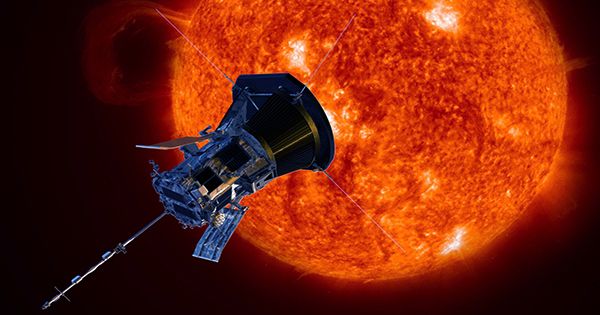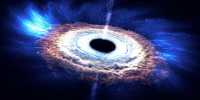The closest star to the Sun, Proxima Centauri, has released a record-breaking flame – and for a network of nine telescopes on Earth and in space, astronomers have been able to capture the extreme event. The discovery was published in the astrophysical journal Letters. Proxima Centauri is about one-eighth of the mass of the Sun and is classified as a red dwarf.
The stars are at risk of occasional explosions, but on May 1, 2019, five of the nine telescopes were the most extreme witnesses seen by him.
The Atacama Large Millimeter / Submillimeter Array (ALMA) illuminated the star by a factor of about a thousand in a few seconds of microwave observation. Hubble Space Telescopes observed in far-ultraviolet saw something more extreme at this wavelength. Lead author Dr Meredith MacGregor, an assistant professor at the University of Colorado Boulder, said in a statement, “A star becomes 14,000 times brighter than normal when viewed at ultraviolet wavelengths a few seconds apart.”
Based on current observations, Proxima Centauri has orbited two planets Proxima B and Proxima C. Proxima C is a mini-Neptune that is about seven times larger than Earth. Proxima B is roughly the size of the Earth and is located in the vicinity of the habitable zone of the star, where a planet can have liquid water depending on the right conditions. Since Proxima Centauri is smaller than the Sun, the habitat is much closer to the Solar System. Proxima B orbits the star in just 11 days. Due to its proximity to the star, it experiences 2000 times more powerful winds than Earth.
And the release of huge amounts of energy, such as Starler Flares, also affects the planet’s potential habitat. Dr. Alicia Weinberger of the Carnegie Institution for Science added, “Proxima Centauri is the same age as the Sun, so it has been exploding its planets with high-energy flames for billions of years.” “Studying this extreme flame with multiple observers allows us to understand what its planets have endured and how they can change.”
The Australian Square Kilometer Array Pathfinder (ASKAP), NASA’s Transiting Exoplanet Survey Satellite (TSEC) and the Du Pont Telescope assisted ALMA and Hubble in observation. This is the first time that a flame from a star other than the sun has received this kind of propaganda. Two instruments are considered to be very good for catching one – it has won the lottery. Observations in the future and many more will be expected to provide more insight into the flames than what we have seen produced by the sun.













